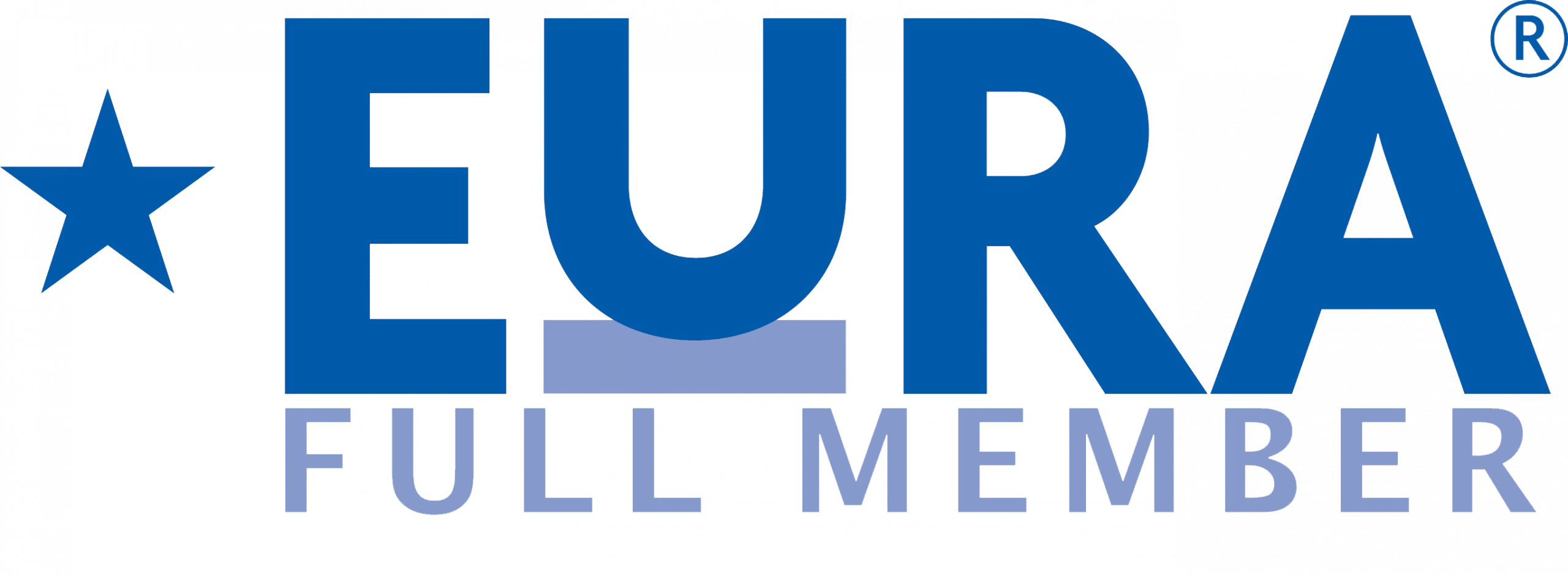
Alternatives to ‘Policy’
We continue to see our clients exploring new options for optimizing the presentation of mobility benefits to their employees and colleagues. Often, this results in a questioning of the role of the traditional policy document. Technology’s influence on benefits administration and communication certainly plays a role, but we also see corporate culture and the evolution of broader HR benefit philosophy increasingly at play. As mobility teams are increasingly challenged to address the unique and unprecedented demands of the COVID-19 pandemic, we have likewise seen an increased sense of urgency around the need to achieve an optimized approach.
For some companies, this optimization may be a simple matter of semantics. The term “policy” in some corporate cultures may connote a degree of formality that hinders the flexible application of benefits we increasingly see mobility teams striving to deliver. With this demand for nimbleness, having to initiate a formal cross-functional policy review with every minor incremental benefit revision is too restrictive, especially given the swift market changes year-to-date. This often leads to abandoning the term “policy” in favor of others like guide, program, handbook, etc. In some instances, this change alone seems to afford a greater degree of autonomy and opportunity to evolve mobility benefit application as business needs and goals shift.


For other companies, the issue goes beyond simple terminology. The need to re-think the way mobility benefits are communicated is driven by pressure to harmonize the scope and “look and feel” with contemporary presentations of broader HR benefits. This seems related to an ongoing evolution away from sole reliance on traditional drivers of mobility benefit eligibility such as title, grade level, homeowner/renter status, etc. into more complex, matrix-driven approaches. Another driver of this trend is a need to accommodate broader criteria for talent mobility such as business rationale, employee-driven or business-driven moves, destination and preference and/or appropriateness of self-service versus high-touch delivery models. In addition, mobility teams are challenged with conforming to a benefits philosophy that demands clarity, brevity and scalability. The result may be brief, high-level summaries of benefits that address commonalities with benefit specifics separately confirmed via letters of assignment/transfer or other similar overlay documents. This overlay approach has proven effective in communicating pandemic-driven nuances such as the impacts of travel and immigration restrictions, accommodations for quarantine requirements or other contingencies impacting the timing and feasibility of moves.
Whether driven by technology, culture, the demands of evolving employee profiles and business needs or pandemic-related issues, we rarely engage with clients on mobility policy initiatives today without also exploring the way mobility benefits are communicated to the employee. If your policy looks and feels the same as it did several years ago, odds are you, too, will soon want to consider options for adopting a more contemporary policy and program format.
About Global Consulting Services

One size doesn’t fit all when it comes to our Client Partners’ programs, policies and cultures. In order to deliver an unmatched mobility experience, we provide expert recommendations and insights to build and strengthen our clients’ benefit offerings to meet their overall business and talent mobility objectives for the future. Working with more than 100 companies each year, Altair’s Global Consulting Services team takes a holistic approach to mobility by arming clients with first-rate data, research and trend information to find the best relocation and mobility solutions for your employees, your mobility program and your company.
Share This Story, Choose Your Platform!
We continue to see our clients exploring new options for optimizing the presentation of mobility benefits to their employees and colleagues. Often, this results in a questioning of the role of the traditional policy document. Technology’s influence on benefits administration and communication certainly plays a role, but we also see corporate culture and the evolution of broader HR benefit philosophy increasingly at play. As mobility teams are increasingly challenged to address the unique and unprecedented demands of the COVID-19 pandemic, we have likewise seen an increased sense of urgency around the need to achieve an optimized approach.
For some companies, this optimization may be a simple matter of semantics. The term “policy” in some corporate cultures may connote a degree of formality that hinders the flexible application of benefits we increasingly see mobility teams striving to deliver. With this demand for nimbleness, having to initiate a formal cross-functional policy review with every minor incremental benefit revision is too restrictive, especially given the swift market changes year-to-date. This often leads to abandoning the term “policy” in favor of others like guide, program, handbook, etc. In some instances, this change alone seems to afford a greater degree of autonomy and opportunity to evolve mobility benefit application as business needs and goals shift.


For other companies, the issue goes beyond simple terminology. The need to re-think the way mobility benefits are communicated is driven by pressure to harmonize the scope and “look and feel” with contemporary presentations of broader HR benefits. This seems related to an ongoing evolution away from sole reliance on traditional drivers of mobility benefit eligibility such as title, grade level, homeowner/renter status, etc. into more complex, matrix-driven approaches. Another driver of this trend is a need to accommodate broader criteria for talent mobility such as business rationale, employee-driven or business-driven moves, destination and preference and/or appropriateness of self-service versus high-touch delivery models. In addition, mobility teams are challenged with conforming to a benefits philosophy that demands clarity, brevity and scalability. The result may be brief, high-level summaries of benefits that address commonalities with benefit specifics separately confirmed via letters of assignment/transfer or other similar overlay documents. This overlay approach has proven effective in communicating pandemic-driven nuances such as the impacts of travel and immigration restrictions, accommodations for quarantine requirements or other contingencies impacting the timing and feasibility of moves.
Whether driven by technology, culture, the demands of evolving employee profiles and business needs or pandemic-related issues, we rarely engage with clients on mobility policy initiatives today without also exploring the way mobility benefits are communicated to the employee. If your policy looks and feels the same as it did several years ago, odds are you, too, will soon want to consider options for adopting a more contemporary policy and program format.
About Global Consulting Services

One size doesn’t fit all when it comes to our Client Partners’ programs, policies and cultures. In order to deliver an unmatched mobility experience, we provide expert recommendations and insights to build and strengthen our clients’ benefit offerings to meet their overall business and talent mobility objectives for the future. Working with more than 100 companies each year, Altair’s Global Consulting Services team takes a holistic approach to mobility by arming clients with first-rate data, research and trend information to find the best relocation and mobility solutions for your employees, your mobility program and your company.






